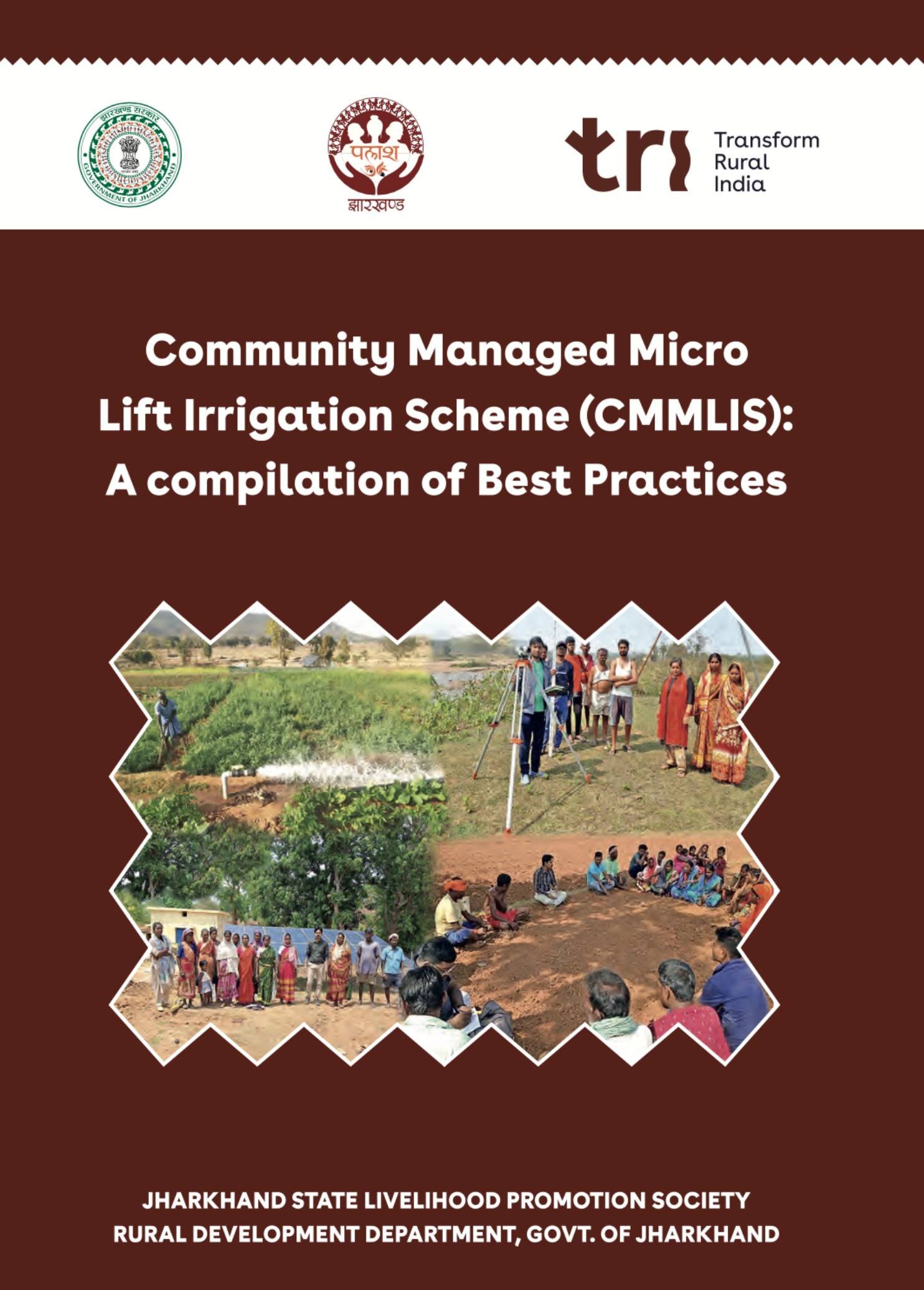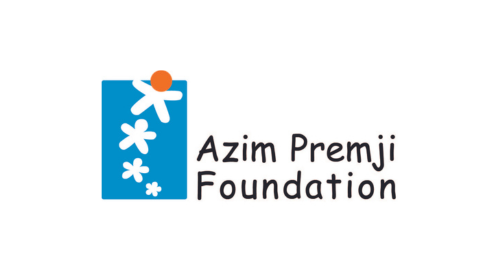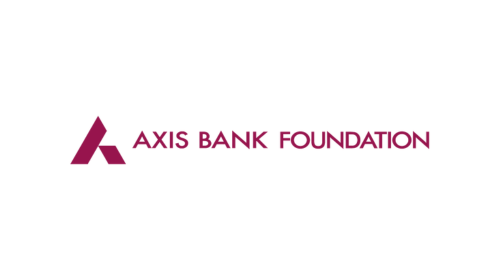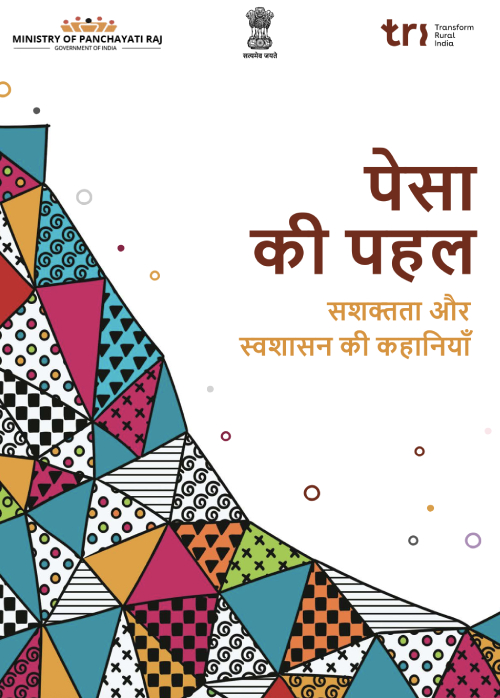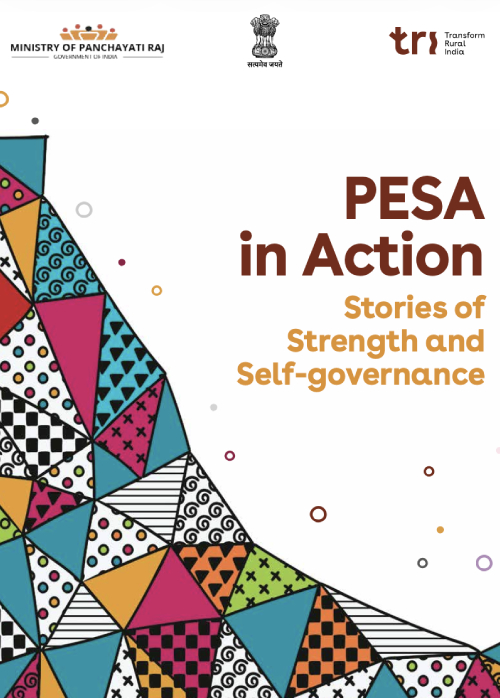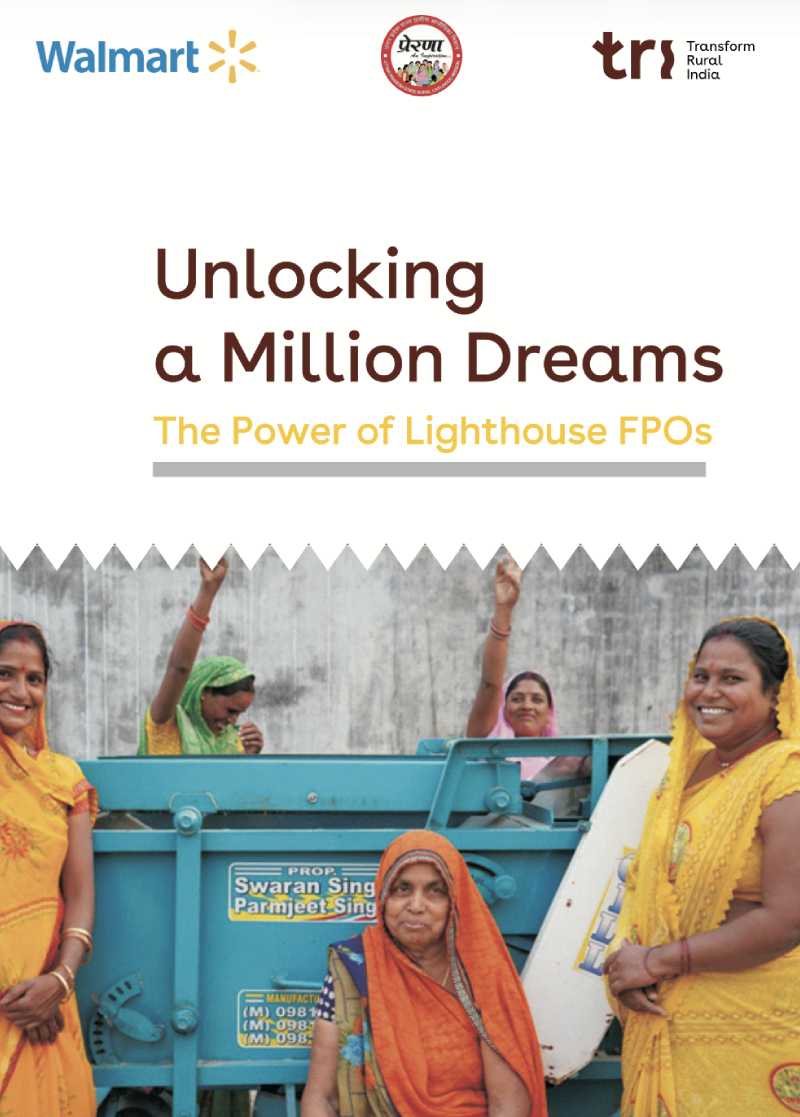Jharkhand largely comprises of the forest tracks of Chhotanagpur plateau and Santhal Pargana having distinct cultural traditions. The state has 24 districts, 212 blocks and 32,260 revenue villages. Located on an elevation of 300 to 610 meter above sea level, the climate of the state ranges from dry semi humid to humid semi-arid types. The state comes under the ‘Agro – Climatic Zone VII’ i.e. Eastern Plateau and Hills Region. This region is further subdivided into three zones namely, central and north eastern plateau zone and western plateau. Agriculture is the primary source of income for Jharkhand’s rural communities. The scheme aims to address the insufficient irrigation facilities for small and marginal farmers with 1-3 acre of land holding and envisages creating infrastructure to increase the total cultivated land. By 2021, irrigation facilities have been made available for 4.4 lakh hectares of land through major, medium and minor irrigation schemes initiated by the Department of Rural Development and Department of Minor Irrigation.
The state government has initiated comprehensive efforts to ensure greater emphasis on micro-irrigation to bring cultivable land under irrigation. The streamlined planning and implementation process covers all the steps, from application and installation to payment for micro-irrigation equipment. A sustained programme for micro-irrigation has been brought together financing support, operational support and technical assistance.

